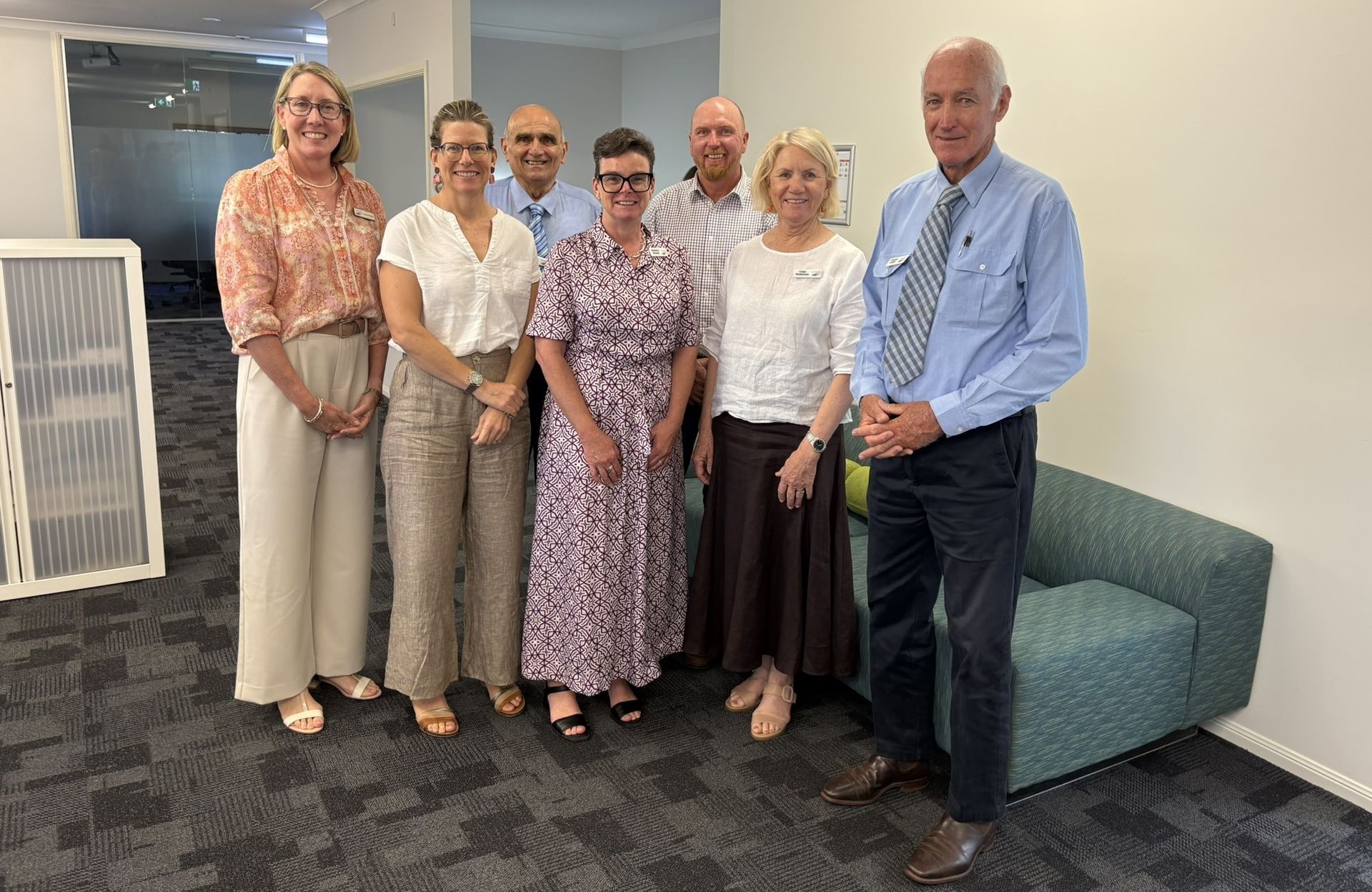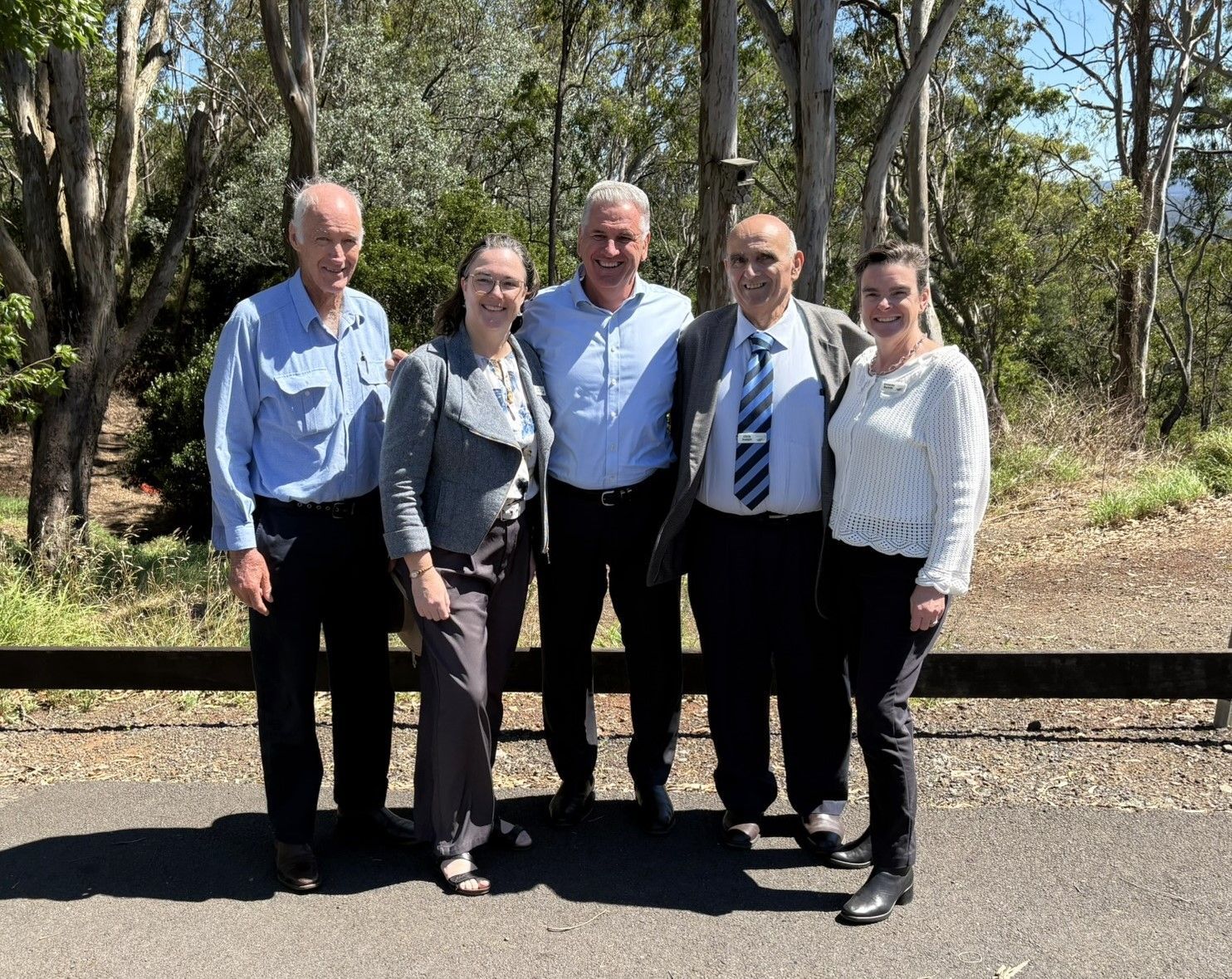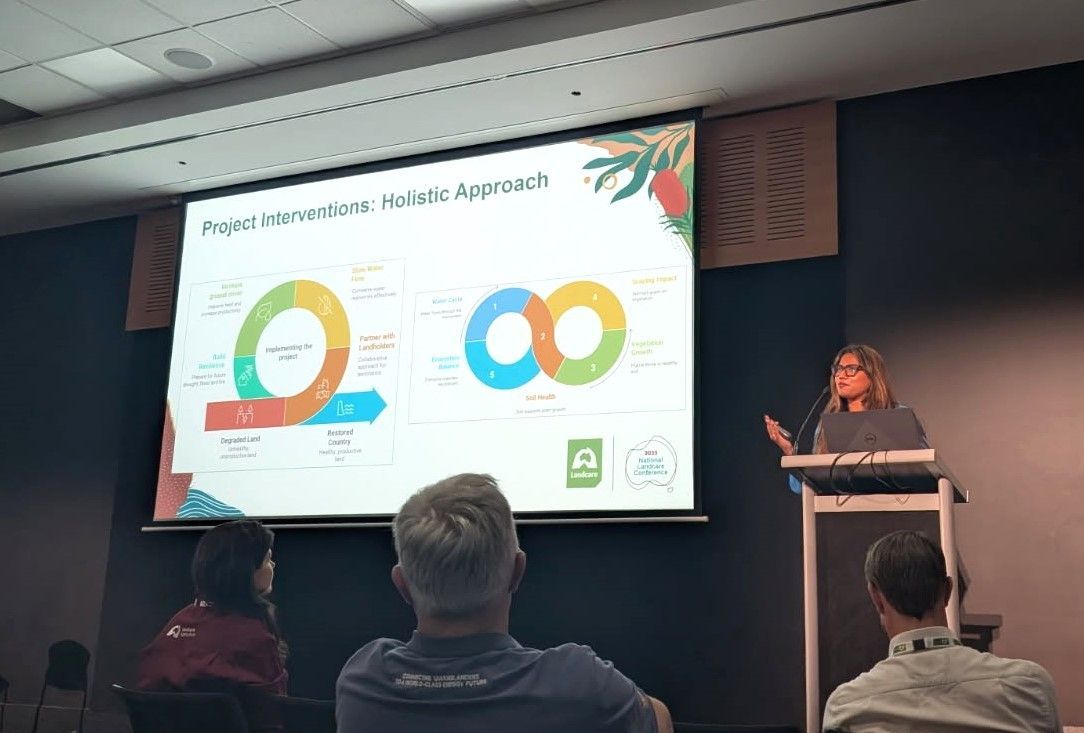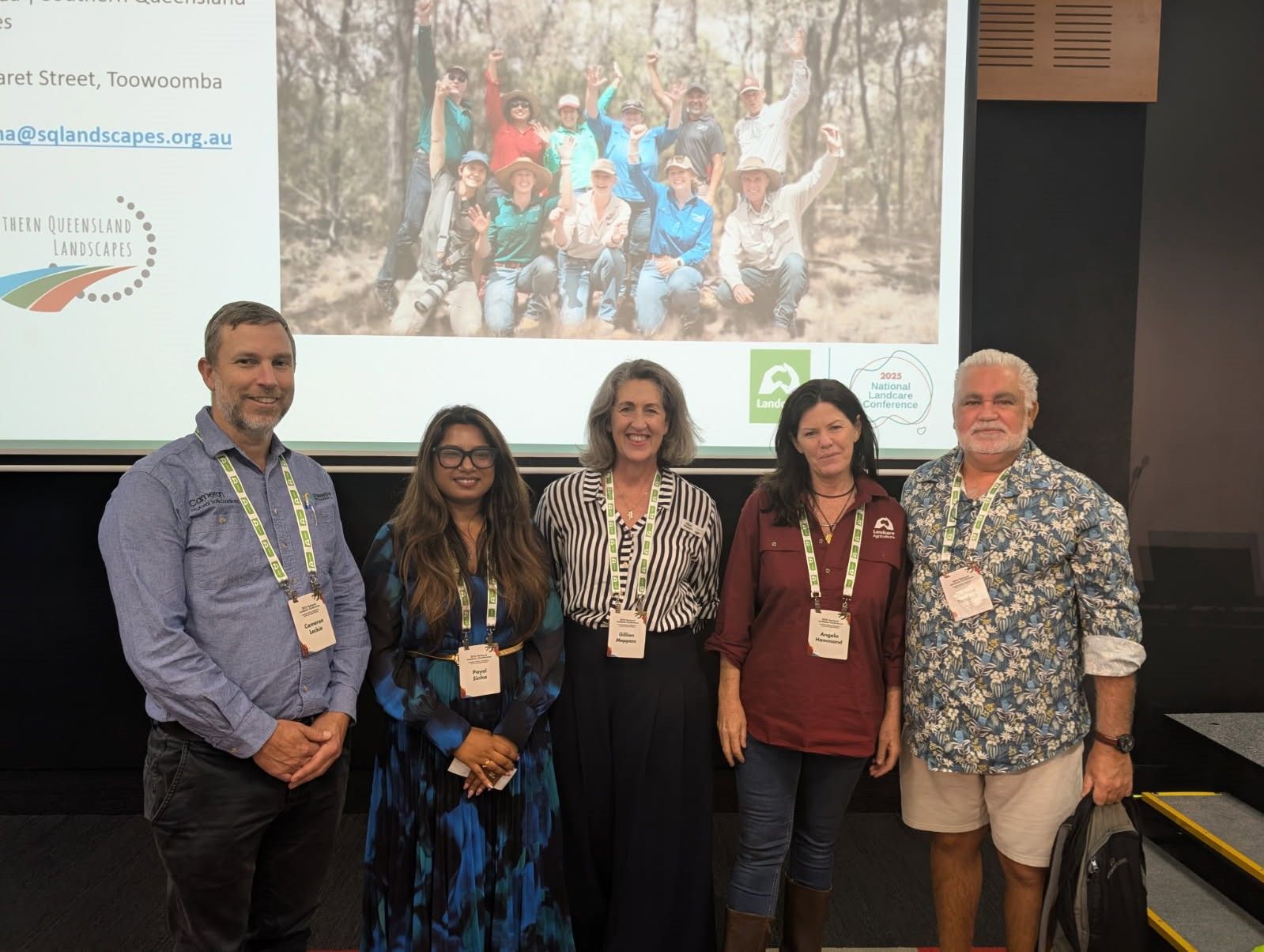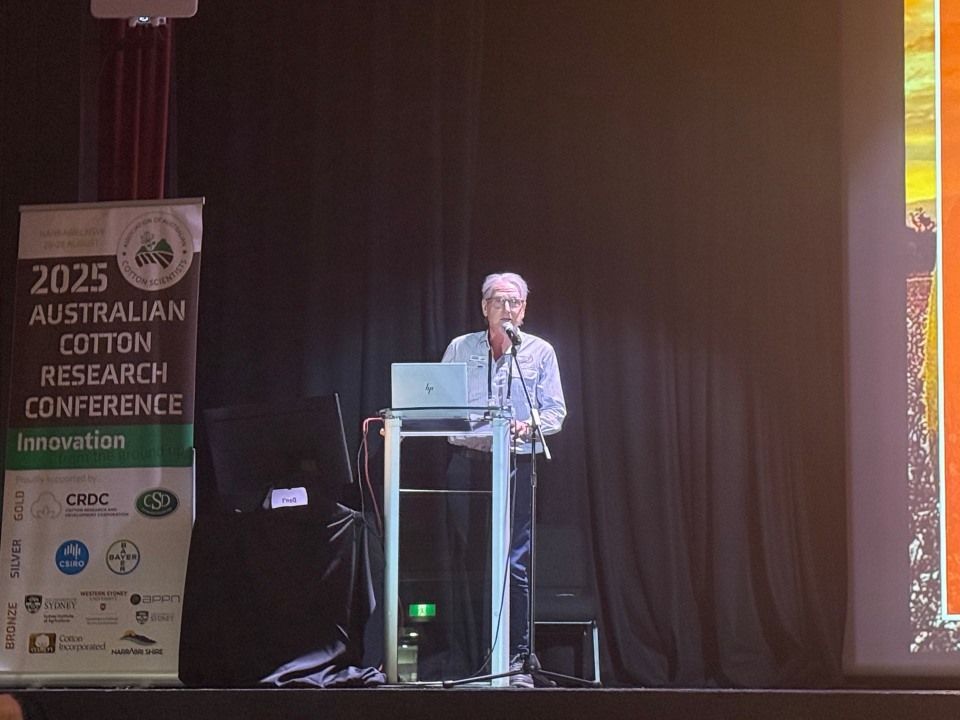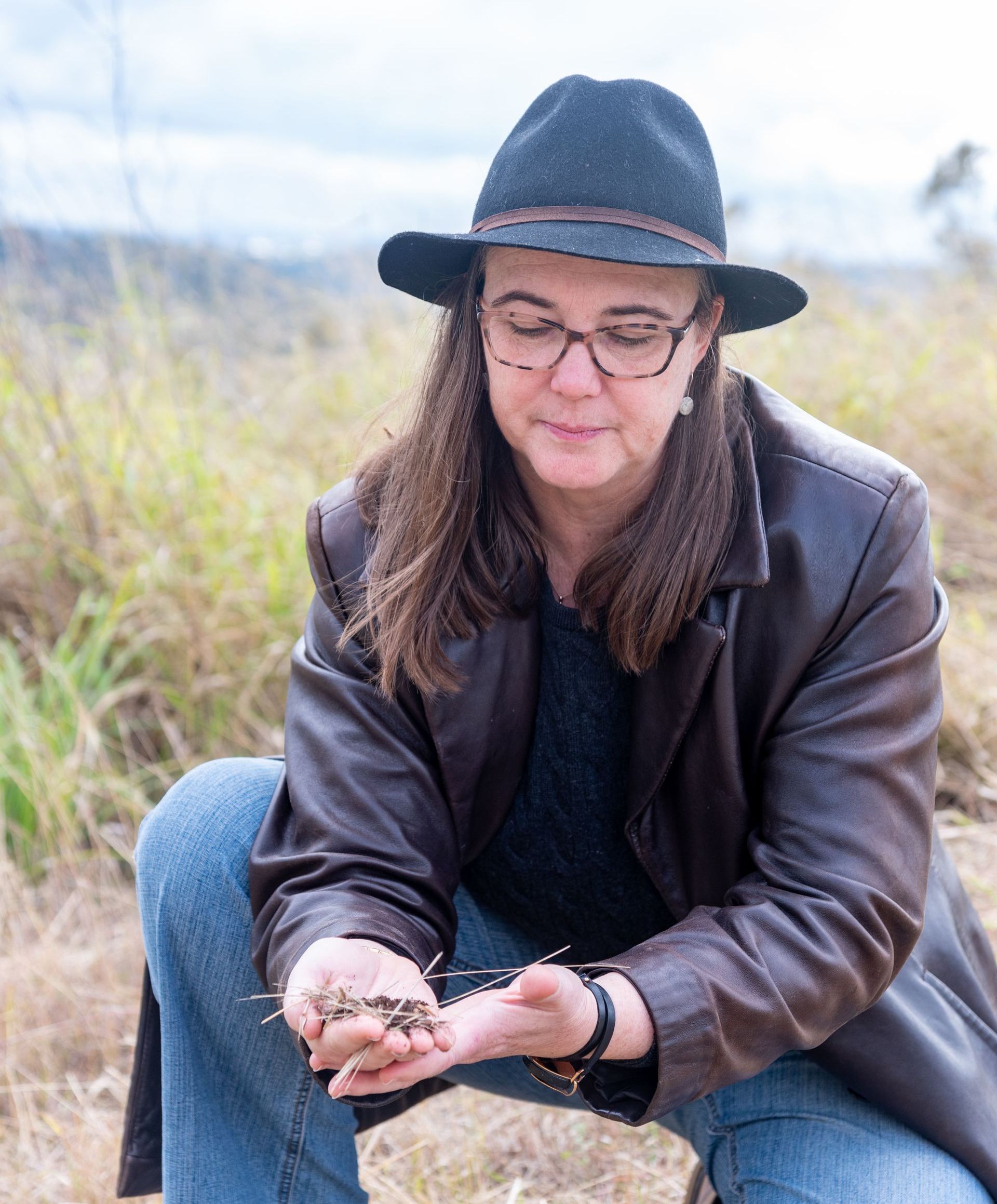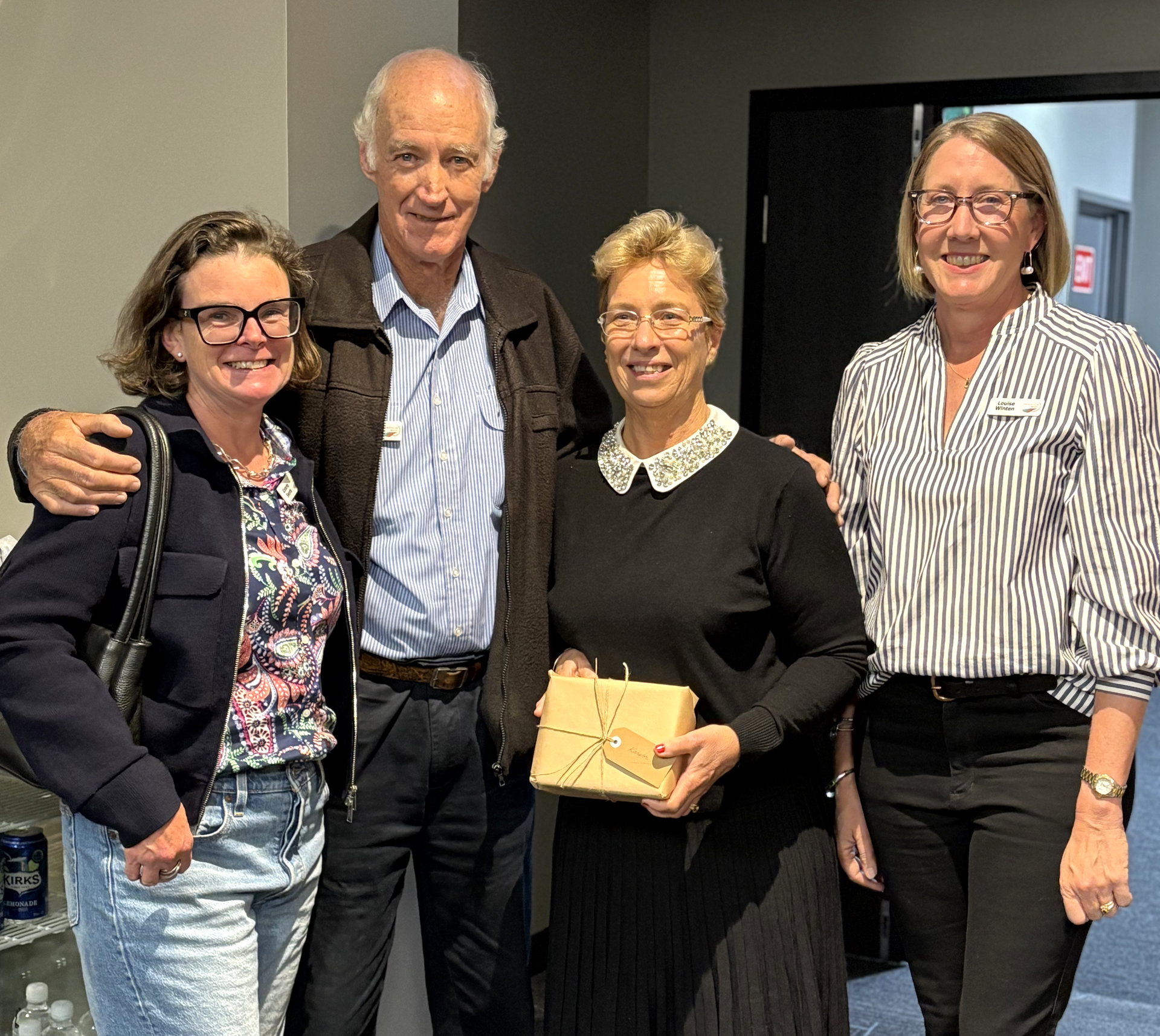Math, science and the organic landscape have always fascinated Southern Queensland Landscapes’ Geographic Information Systems Analyst, Mik Petter.
And it’s his day job analysing spatial mapping information that has provided the winning formula for his own unique style of art; with thousands of his pieces adorning walls in Australia and around the globe.
“I’ve been creating digital art since the 1980’s,” Mik Petter said
“I love the western landscapes. I see trees as bioelectric bolts coming out of the landscape. I love the red dirt and finding patterns in the landscape. There’s more in the landscape than what you just see,” Mr Petter said.
“And sometimes the terrain analysis maths I do at work ends up being used in my artwork,” he said.
Mr Petter uses a unique blend of raw photographs and highly complex mathematical equations to create his bold and evocative pieces.
“What I do is a form of digital art that remixes photographs using natural patterns and intricate and interconnected shapes and colours,” Mr Petter said.
“It’s a hybrid of mathematics, science and art,” he said.
“It’s created using computer programs that rely on artificial intelligence to read and interpret photos of organic landscapes. The program uses complex mathematics to “fill in the blanks” in the photo, like a hole in a tree, or a deep gully, and fills these with patterns generated by the computer.”
The patterns created by the computer are called fractals; a term coined in the 1970’s by scientists studying infinite solutions to mathematical equations.
“People try to look for meaning and why fractals produce these images. People want to know why math is creating these organic patterns. I wrote my own program trying to figure it out,” Mr Petter said.
“What I do with art is very similar to mapping. Like blending layers to create different ways of looking at a landscape to discover patterns that you wouldn't be able to see from the ground,” he said.
Spatial mapping looks at an area of land from a birds eye view; adding layers to show areas of elevation, vegetation densities and soil types.
The maps are useful for land managers who are planning to make changes on their land, like adding new infrastructure. These maps help farmers to deeply understand the features of their land.
“There’s deeper ways of looking at the landscape that you can't always see on the surface.”
“The mapping I do tries to highlight all the things that are invisible when you look at the landscape from the ground. I use this same process when I do art, building on layers to see different patterns in the artwork,”
Mr Petter’s artwork has even attracted a feature in the Planetary Photojournal of the famous National Aeronautics and Space Administration (NASA) Jet Propulsion Laboratory.
Using data from NASA’s JunoCam imager, Mr Petter created a ‘jovian’ piece of art exploring the planet Jupiter’s Great Red Spot.
NASA journalist Tony Greicius described the art as “vibrant colors of various tints and hues, combined with the almost organic-seeming shapes, make this image seem to be a colorized and crowded petri dish of microorganisms, or a close-up view of microscopic and wildly-painted seashells.”
Just like the fractals that make up Mr Petter’s vibrant artworks, the limit to Mr Petter’s creativity is infinite.
Drawing inspiration from anything from an outback dirt road to the endless cosmos, Mr Petter is constantly inspired.
“We see landscapes as a static thing, but it’s really not. It’s constantly moving. If you watch a time lapse, you’ll see trees moving, clouds floating by, grass growing. There’s more in the landscape than what you just see. That’s what my art tries to convey.”
From the outback, to the cosmos, to the computer lab, you’ll find Mik Petter constantly pushing at the boundaries of what it means to be an artist.
MIK PETTER ARTWORK ON FACEBOOK
https://www.facebook.com/MiksFractalEcology
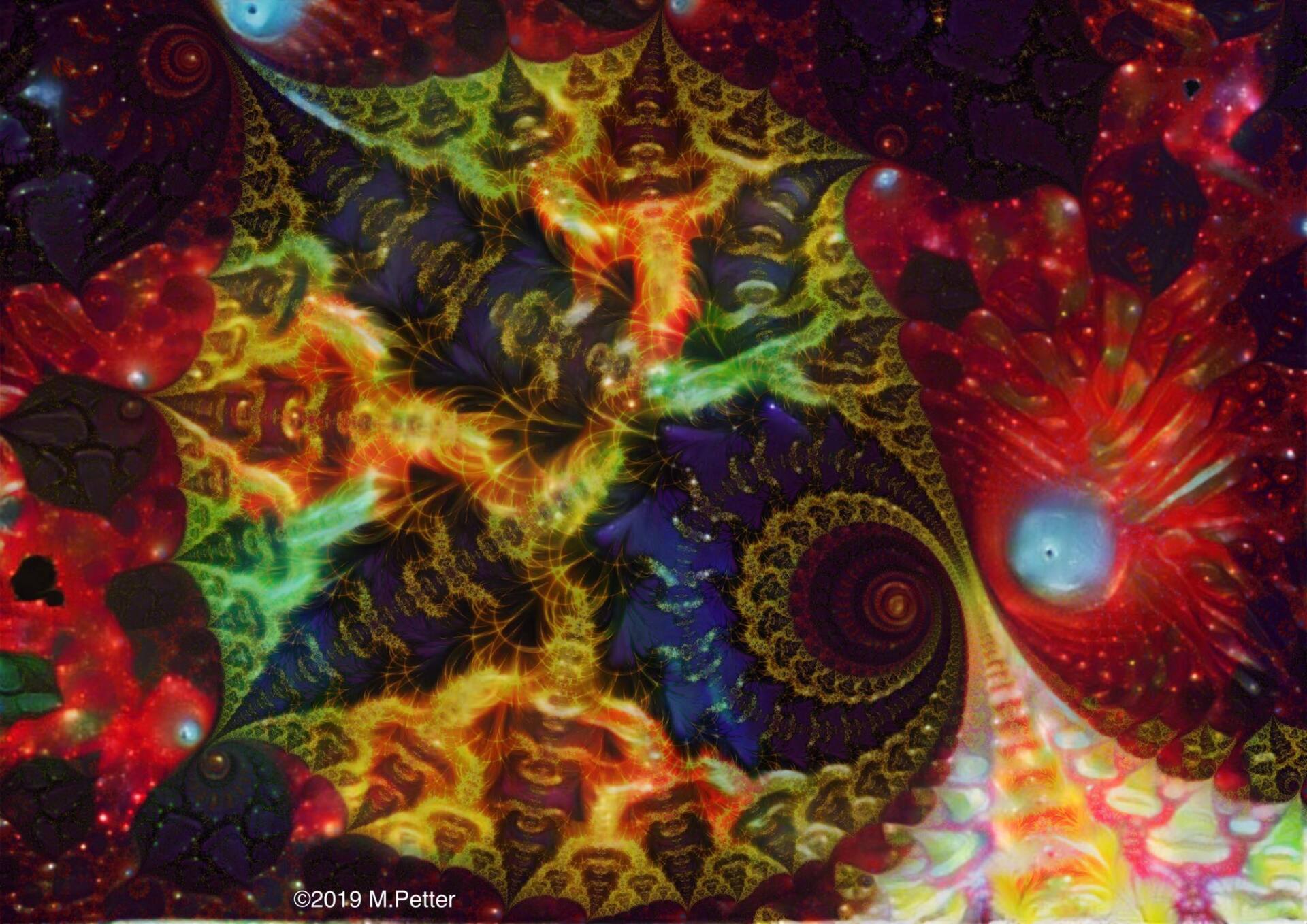
The patterns in Mik Petter's artworks are called fractals. Fractals are patterns created by a computer using maths and artificial intelligence.

Mr Petter said he is inspired by western landscapes.
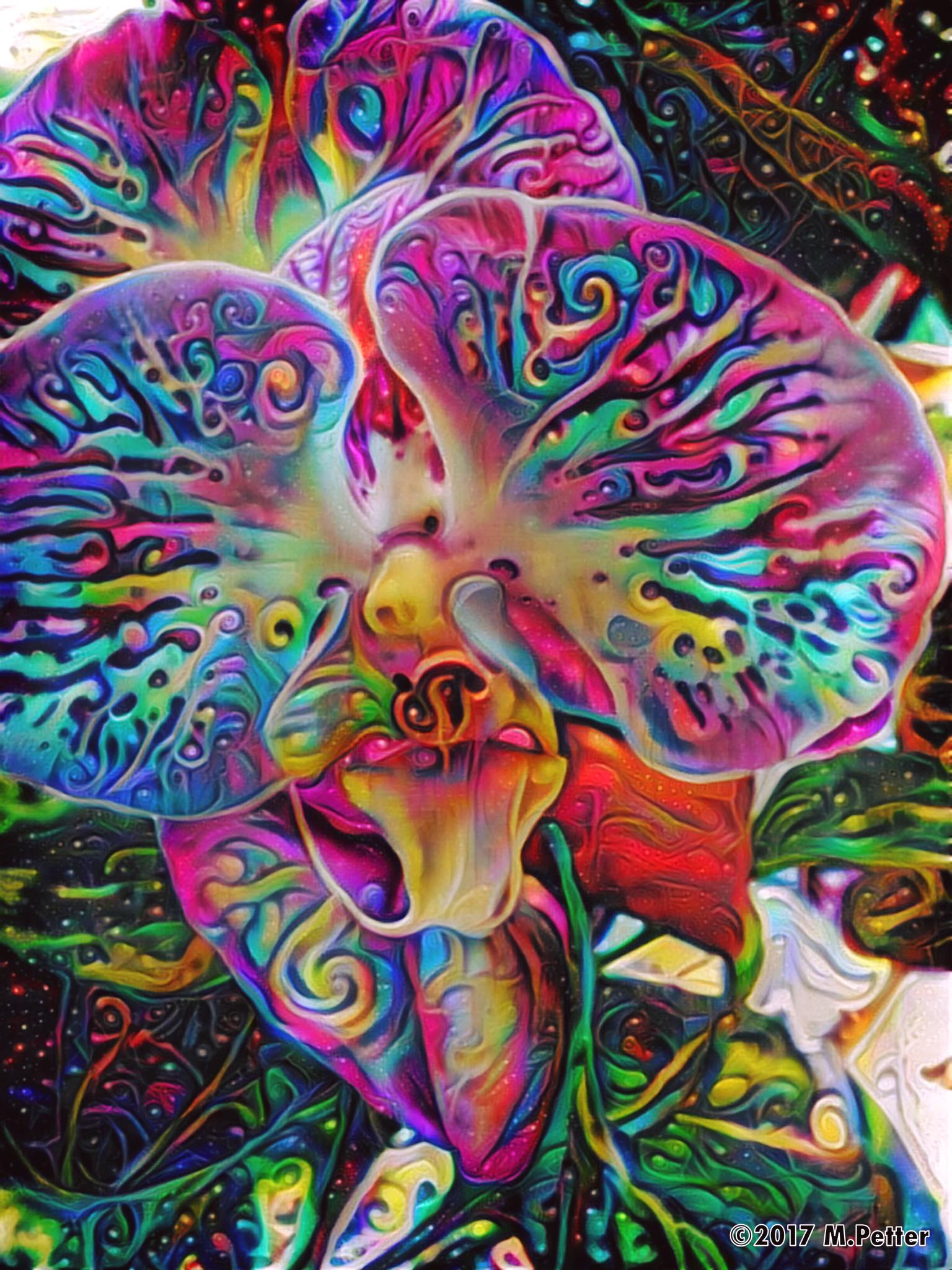
Mr Petter has been creating digital art since the 1980s.
